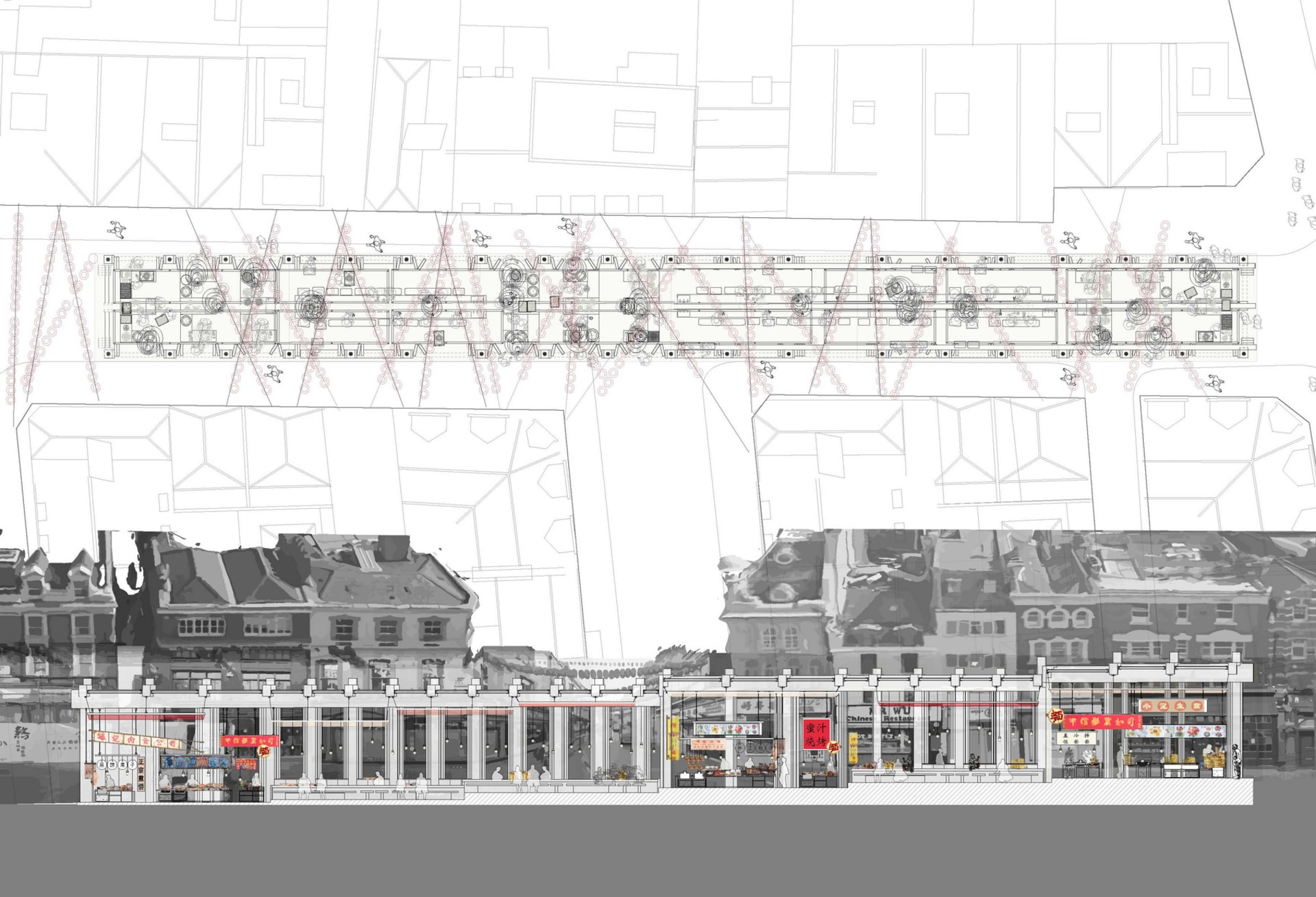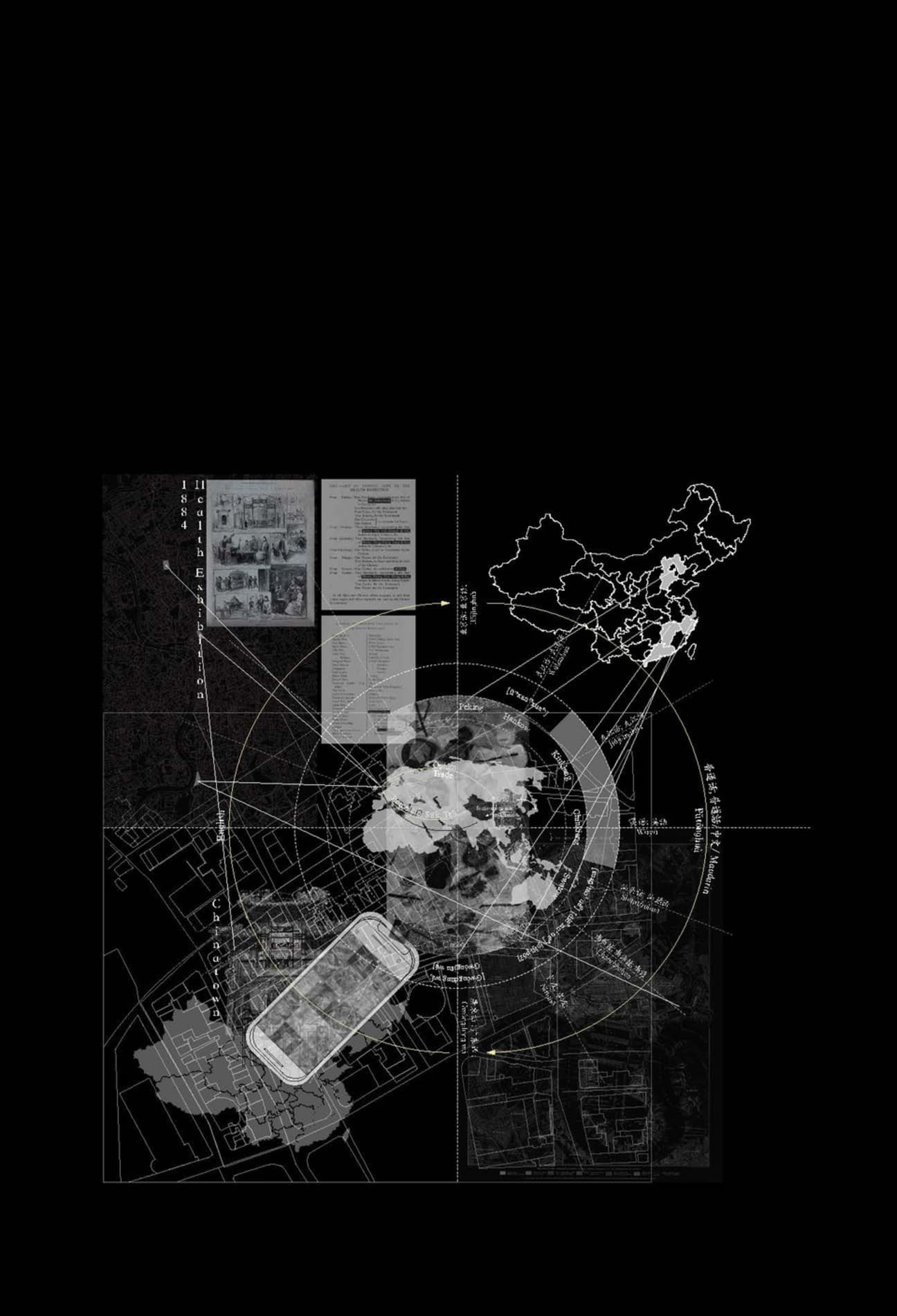Culture, history, memory, community - these are the main driving themes throughout my practice. This is a passion born from my Malaysian Chinese heritage as I witness, from my hometown, disregarded spaces and memories and the making of heritage as a new industry.
I believe that communities are integral to the designing of spaces - for architecture is simply the canvas onto which memories are made, histories told. But with increased capitalistic cycles, this begs the question: how can history and heritage sit comfortably with gentrification?
As a design approach, I engage with literature and historical research to understand a site in its wider context. For in a world of rapid change with global warming and the impending loss of heritage diversity, I constantly strive to design sustainable spaces that empower communities, that encourage new unions, and perhaps promote healthier ways of living with the environment.








